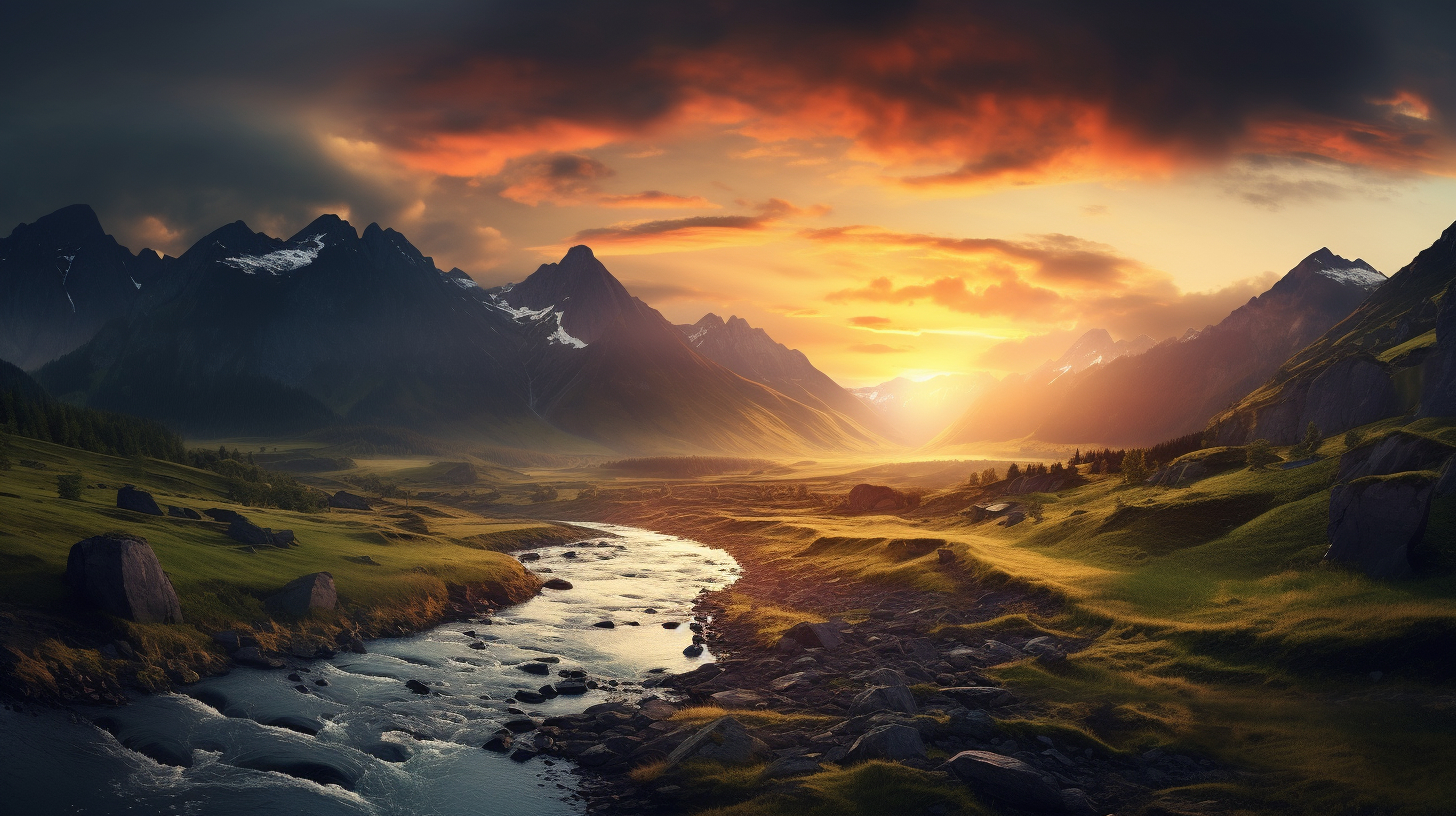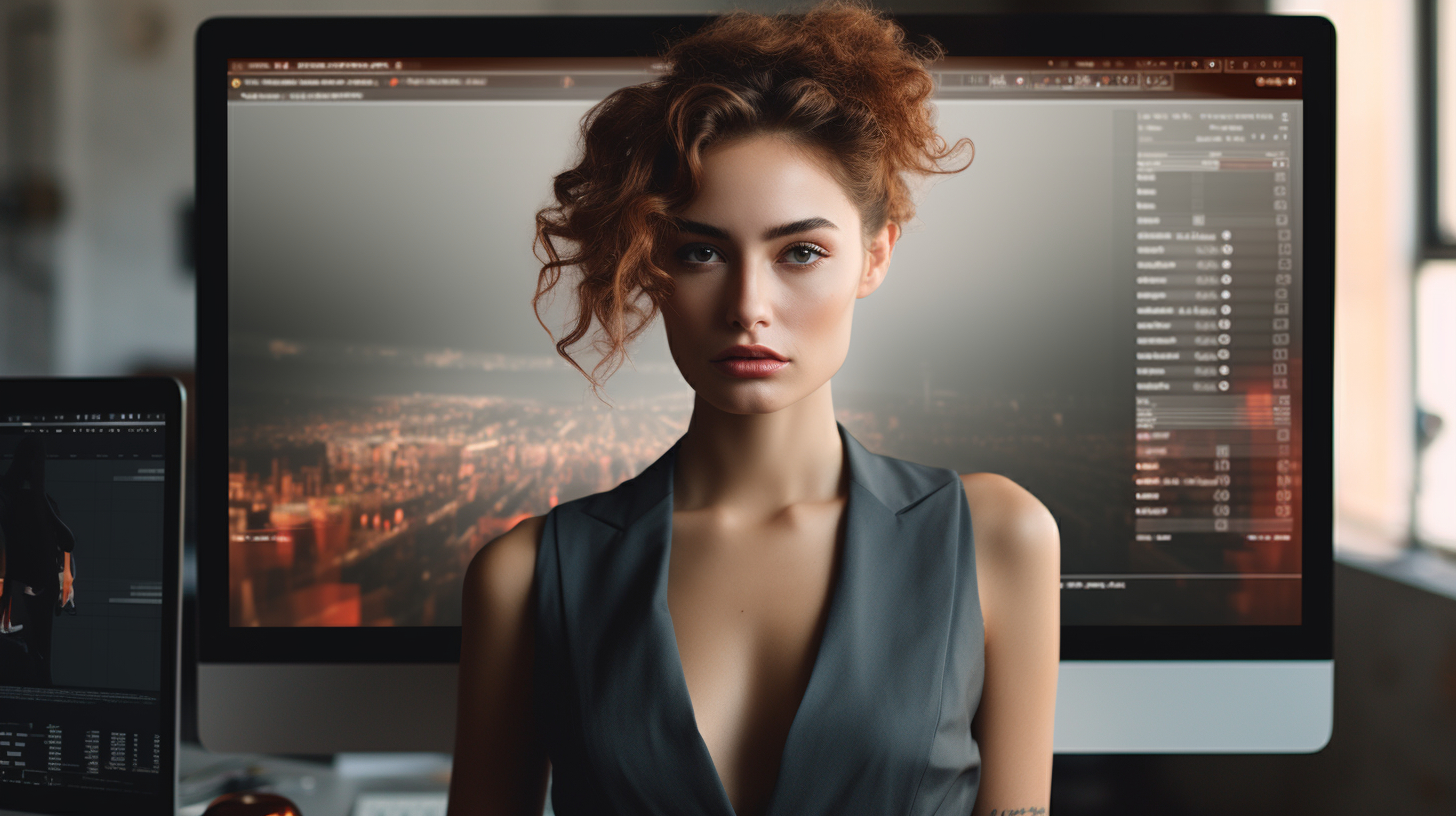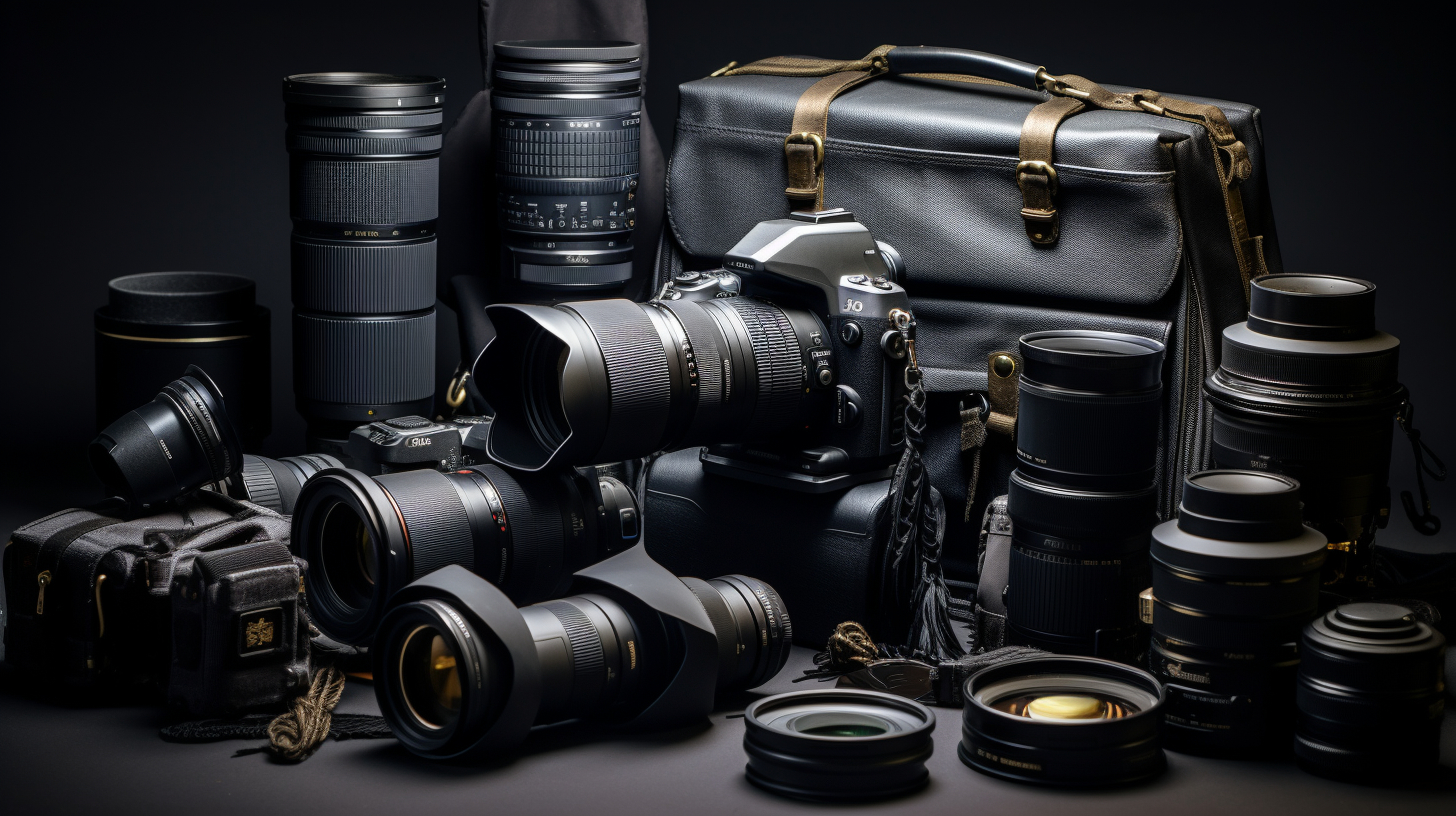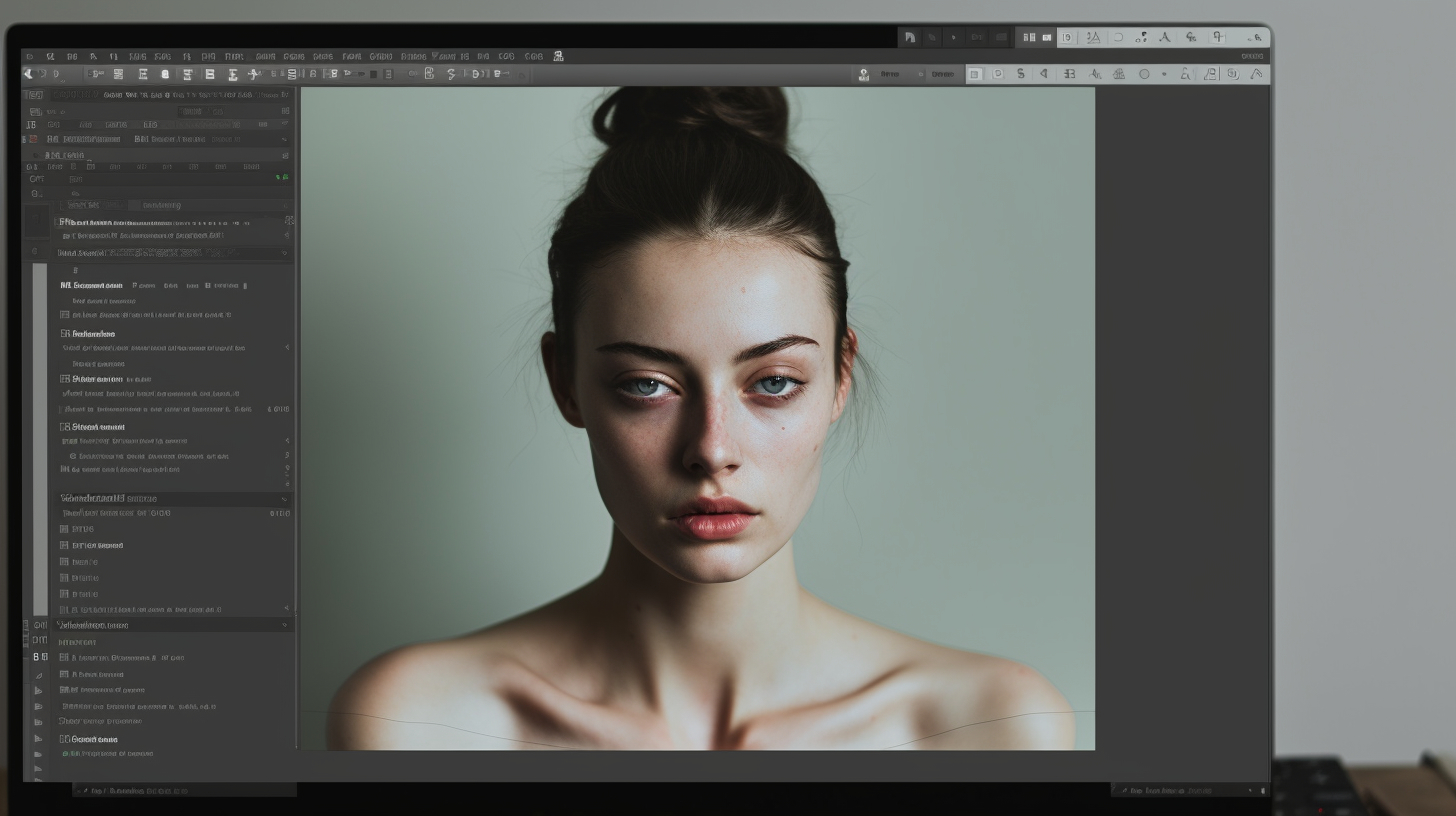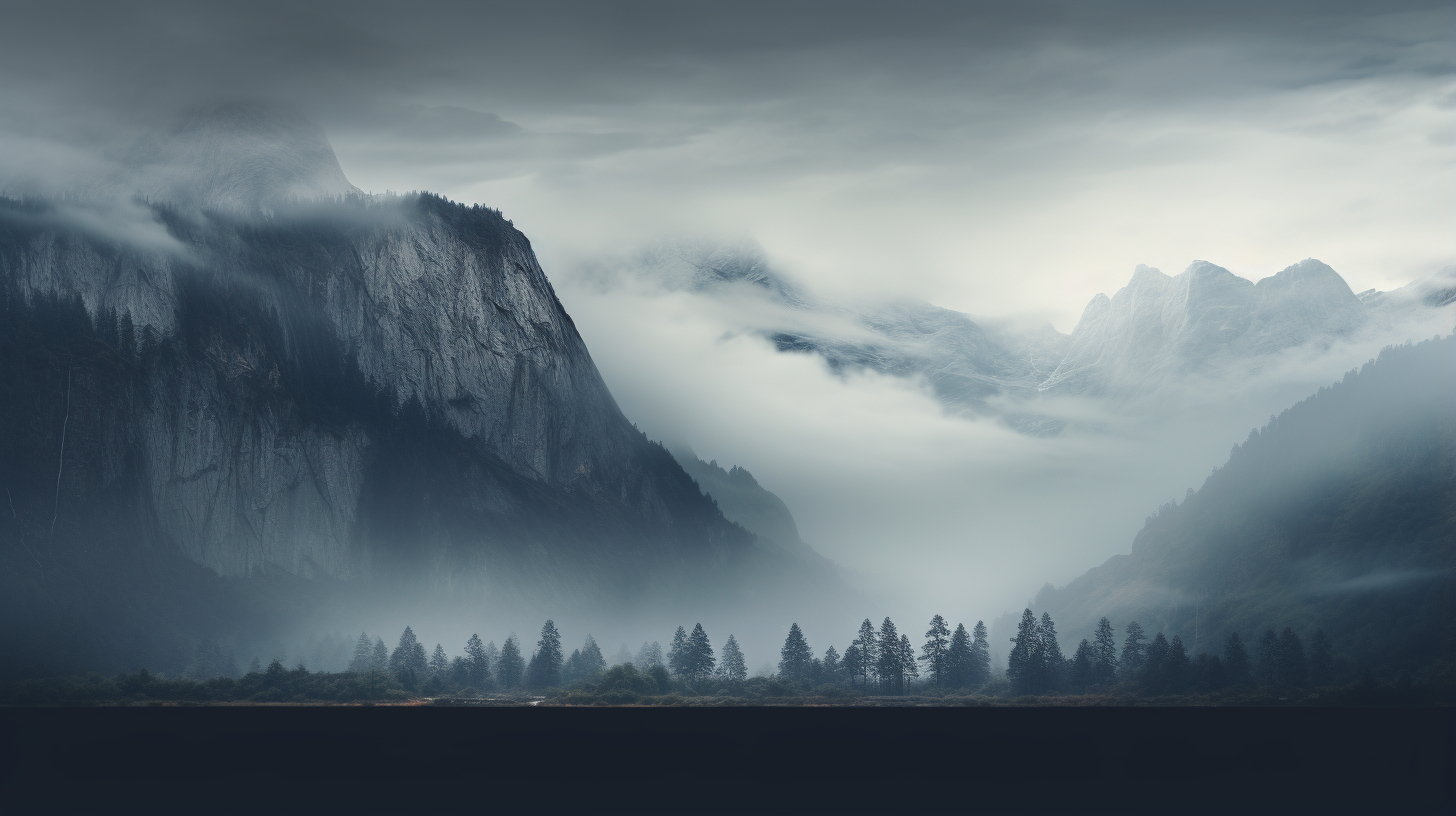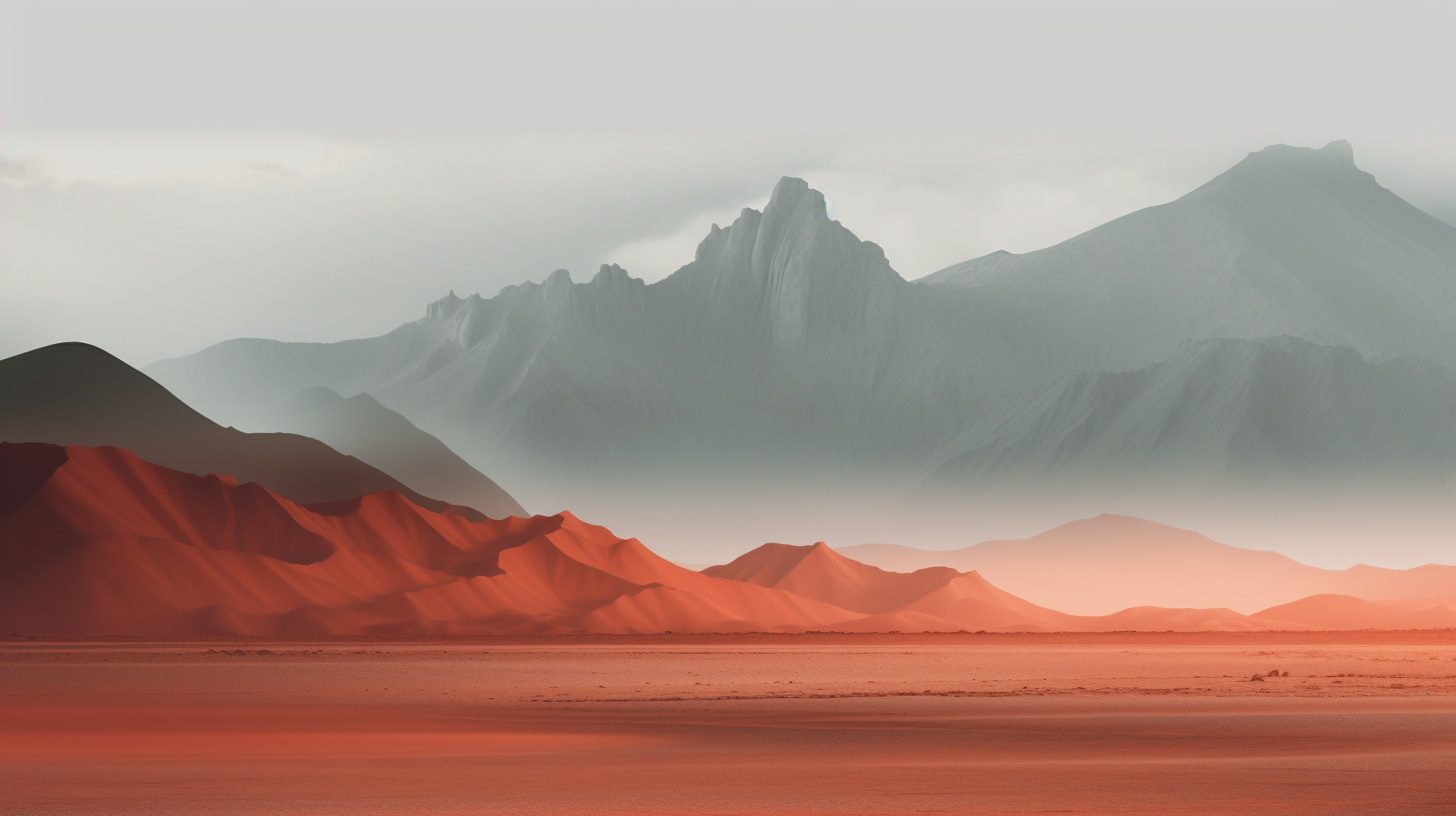Hey there, fellow photography enthusiasts! Are you ready to take your landscape photography to the next level? Capturing stunning scenes of nature’s beauty can be an incredibly rewarding and satisfying experience. Whether you’re a beginner or an experienced photographer looking to enhance your skills, this article is packed with invaluable tips and tricks to help you maximize your landscape photography.
Landscape photography allows us to capture the grandeur and splendor of the natural world, from majestic mountains and serene lakes to breathtaking sunsets and vibrant autumn foliage. But it’s not just about pointing and shooting. To truly elevate your landscape photography, you need to understand the fundamentals of composition, have the right gear, and master the technical aspects of this art form. So, let’s dive in and discover how you can capture stunning landscape photographs that will leave viewers in awe.
But before we do, it’s important to remember that the beauty of landscape photography lies not only in the final image but also in the experience of being out in nature, exploring new places, and connecting with the environment. So, gear up, get out there, and let’s start capturing the beauty that surrounds us!
Fundamentals of Composition
When it comes to capturing stunning landscape scenes, composition plays a crucial role in creating compelling and visually appealing photographs. The way you arrange the elements within your frame can greatly impact the overall impact of your image. Here are some fundamental composition techniques to help you maximize your landscape photography:
1. Rule of Thirds
Imagine dividing your frame into a grid of nine equal squares using two horizontal and two vertical lines. The rule of thirds suggests placing your main subject or focal point along these lines or at the intersections where the lines intersect. This creates a balanced and visually pleasing composition.
2. Golden Ratio
The golden ratio is a mathematical concept that can be found in nature and art. It creates a sense of harmony and balance in compositions. To apply this rule, imagine dividing your frame into two sections, with one being approximately 1.618 times larger than the other. Place your main subject or point of interest in the smaller section to create a visually appealing composition.
3. Leading Lines
Utilize naturally occurring lines in your landscape, such as roads, rivers, or fences, to lead the viewer’s eye into the frame and towards your main subject. These lines help create depth and guide the viewer’s attention through the photo.
4. Visual Flow with Lines
Lines can also be used to create a sense of movement and flow within your composition. Consider incorporating diagonal or curved lines that lead the viewer’s eye through the photo, allowing them to explore the landscape.
5. Use of Shapes
Incorporating geometric shapes into your composition can add visual interest and structure. Look for natural shapes such as rocks, trees, or mountains to create a strong focal point or lead the viewer’s eye through the image.
6. Foreground Interest
Including a point of interest in the foreground can add depth and scale to your landscape photographs. It helps create a sense of immersion for the viewer and adds visual interest to the overall composition.
7. Longer Focal Lengths
While wide-angle lenses are commonly used in landscape photography to capture more of the scene, don’t overlook the potential of longer focal lengths. Telephoto lenses can isolate specific elements within the landscape and compress the perspective, creating a unique and intimate composition.
8. Balance of Lines, Textures, Shapes, and Colors
A visually pleasing photograph often strikes a balance between various elements such as lines, textures, shapes, and colors. Pay attention to the distribution and relationship between these elements within your frame to create a harmonious and well-balanced composition.
9. Perspective with Wide-Angle Lens
Wide-angle lenses allow you to capture a broader view of the landscape, creating a sense of grandeur and expansiveness. Experiment with different angles and heights to find unique perspectives that enhance the composition.
10. Use of Slower Shutter Speed
Using a slower shutter speed can introduce motion blur to elements such as water or clouds, adding a sense of movement and dynamism to your landscape photographs. This technique can create a more ethereal and dreamlike atmosphere in your images.
11. Inclusion of Negative Space
Negative space refers to the empty or unoccupied areas within an image. Including negative space in your composition can help draw attention to your main subject and create a sense of balance and simplicity.
12. Exposure Techniques
Proper exposure is vital for landscape photography. Experiment with different exposure settings to capture the best balance of light and shadow in your scene. Use techniques like bracketing or graduated neutral density filters to handle high contrast scenarios and ensure all areas of the image are well-exposed.
Remember, these composition techniques are not strict rules, but rather guidelines to help you create captivating landscape photographs. The key is to experiment, learn, and develop your own unique style that resonates with your artistic vision. So grab your camera and explore the great outdoors, armed with these composition fundamentals!
Essential Gear for Landscape Photography
When it comes to landscape photography, having the right gear can make all the difference in capturing stunning images. Here are some essential items you need to consider adding to your camera bag:
Camera Requirements
Investing in a good quality camera is crucial for landscape photography. Look for a camera with the following features:
- High-resolution: A camera with a high megapixel count will allow you to capture fine details in your landscape images.
- Good dynamic range: This will ensure that you have a wider range of light and dark tones in your photos, allowing for better exposure.
- Weather-sealing: Landscape photography often takes you to rugged and unpredictable environments, so having a camera that is weather-sealed will protect it from moisture and dust.
Importance of Wide-Angle and Telephoto Lens
A landscape photographer’s best friends are wide-angle and telephoto lenses. Here’s why:
- Wide-angle lens: This type of lens is perfect for capturing expansive landscapes. It allows you to get more of the scene into your frame, creating a sense of depth and scale.
- Telephoto lens: A telephoto lens is great for zooming in on specific details in the landscape, such as interesting rock formations or distant mountains. It helps you isolate elements and add drama to your photos.
Role of Tripod
A sturdy tripod is an absolute must-have for landscape photography. Here’s why:
- Stability: A tripod keeps your camera steady, preventing any unwanted blurriness caused by camera shake. This is especially important when shooting with slower shutter speeds or during low-light conditions.
- Composition: Using a tripod allows you to take your time to carefully compose your shots. It gives you the flexibility to adjust the height and position of your camera to achieve the desired perspective.
- Long exposures: If you want to create beautiful silky waterfalls or capture starry night skies, a tripod is essential to keep your camera steady during long exposure shots.
Filters
Filters are indispensable tools for landscape photographers. Here are a few types of filters you should consider adding to your gear:
- Polarizing filter: This filter helps to reduce glare and reflections, making colors more vibrant and enhancing the contrast in your images.
- Neutral density (ND) filter: ND filters are used to block out light, allowing you to use longer shutter speeds even in bright conditions. They are great for creating dreamy water effects or capturing movement in clouds.
- Graduated neutral density (GND) filter: GND filters are designed to balance the exposure between the bright sky and darker foreground in landscapes with high contrast. They help to retain details in both areas of the image.
Accessories
Here are a few additional accessories that can enhance your landscape photography experience:
- Spare batteries: Long days spent outdoors can drain your camera batteries quickly. Always carry extra batteries to avoid missing out on great photo opportunities.
- Remote trigger: A remote trigger allows you to trigger the shutter without touching the camera. This helps to minimize camera shake and is especially useful for long exposures.
- Memory cards: Make sure you have plenty of memory cards with enough storage capacity to capture all those breathtaking landscape shots.
- Cleaning equipment: Dust and debris can easily find their way onto your camera and lenses during outdoor shoots. Having cleaning equipment like a blower brush and microfiber cloth will help you keep your gear in top shape.
Additional Tip: Having spare batteries, a remote trigger, memory cards, and cleaning equipment are essential for landscape photography. Satellite phones or personal locator beacons can be useful for safety and communication in remote landscape photography locations.
Remember, investing in quality gear is an investment in the quality of your landscape images. Choose wisely and pack smartly to make the most of your outdoor photography adventures.
Technical Aspects of Landscape Photography
When it comes to landscape photography, there are some technical aspects that are important to consider in order to capture stunning scenes. These technical aspects can make a big difference in the overall quality of your photographs. Whether you are a beginner or an experienced photographer, paying attention to these details can help you take your landscape photography to the next level.
Keeping the Horizon Level
One of the key technical aspects to consider in landscape photography is keeping the horizon level. A tilted horizon can distract the viewer and diminish the impact of your photograph. To ensure a perfectly level horizon, you can use a bubble level attached to your camera or use the gridlines in your camera’s viewfinder or LCD screen. If you find that your horizon is not level in post-processing, you can use editing software like Adobe Lightroom to straighten the horizon.
Using a Tripod
A tripod is an essential tool for landscape photography. It provides stability and allows you to capture sharp and well-exposed images. When using a tripod, be sure to extend the legs fully and lock them in place to prevent any movement during exposure. Additionally, using a remote trigger or the camera’s self-timer can further reduce camera shake when taking the shot.
Use of L plates, camera backpacks, and protective accessories
L plates are specialized brackets that allow you to switch from landscape to portrait orientation quickly and easily while maintaining the camera’s center of gravity. This not only makes it convenient to change the orientation of your camera but also helps maintain stability when switching between compositions. Camera backpacks are essential for protecting and carrying your camera gear. Look for a backpack that has padded compartments and adjustable dividers to keep your gear safe and organized. Finally, don’t forget to use protective accessories like lens hoods and lens filters to protect your camera lens from scratches, dust, and other potential hazards.
Taking care of these technical aspects will allow you to capture stunning landscape photographs with sharp details, level horizons, and optimal stability. Keep these tips in mind and experiment with different techniques to enhance your landscape photography skills. Happy shooting!
“Photography is the art of observation. It’s about finding something interesting in an ordinary place… I’ve found it has little to do with the things you see and everything to do with the way you see them.” – Elliott Erwitt
Conclusion
In conclusion, mastering the art of landscape photography requires a combination of technical skill, compositional knowledge, and the right gear. By understanding the fundamentals of composition, investing in essential gear, and paying attention to technical aspects such as leveling the horizon and using a tripod, you can enhance your ability to capture stunning landscape scenes. Remember, practice and experimentation are key to improving your photography skills.
If you’re looking for more photography tips, tutorials, and camera reviews, be sure to visit Wim Arys Photography at wimarys.com. Wim Arys, a seasoned portrait and landscape photographer, shares his expertise on the website, with a focus on Sony mirrorless cameras. Gain inspiration for your photography projects and stay updated with the latest trends and techniques in the world of photography. Happy shooting!
Frequently Asked Questions
- What equipment do I need for landscape photography?
To capture stunning landscape scenes, you’ll need a DSLR or mirrorless camera, wide-angle lens, tripod, filters (such as ND and polarizing filters), and a remote shutter release.
- What are some tips for finding great landscape photography locations?
To find great landscape photography locations, research online, use photography apps, visit national parks or scenic areas, explore during golden hour (early morning or sunset), and keep an eye out for unique or dramatic natural features.
- How can I compose better landscape photographs?
To compose better landscape photographs, use the rule of thirds, incorporate foreground interest, create depth by using leading lines or a wide perspective, pay attention to the balance of elements, and experiment with different angles and viewpoints.
- What camera settings should I use for landscape photography?
For landscape photography, use a low ISO for better image quality, a narrow aperture (such as f/8 to f/16) for a larger depth of field, and a slower shutter speed to capture motion if desired. Shoot in RAW format for maximum flexibility during post-processing.
- How important is post-processing in landscape photography?
Post-processing plays a crucial role in landscape photography. It allows you to enhance colors, adjust exposure, sharpen details, correct lens distortions, and bring out the full potential of your photos. However, it is important to maintain a natural and realistic look during post-processing.
